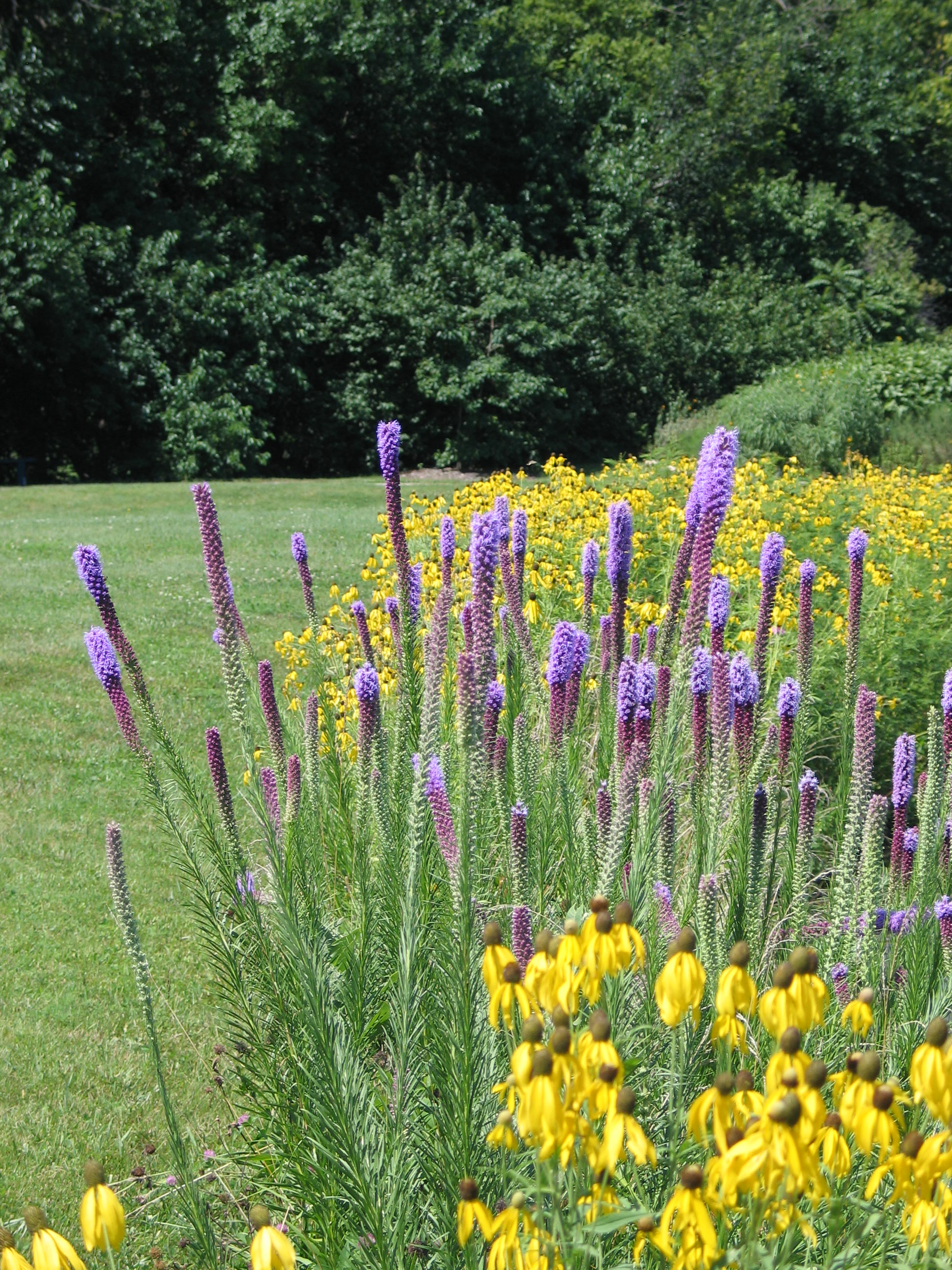How to Create a Wildlife-Friendly Garden: Step-by-Step

Imagine a garden that's not just a place for you to unwind, but a sanctuary for wildlife. A place where butterflies dance, birds sing, and bees buzz. Creating a wildlife-friendly garden is like setting up a bustling city for your local fauna. It's not just about the aesthetics; it's about creating a sustainable ecosystem right in your backyard. So, let's dive in and explore how you can transform your garden into a thriving wildlife habitat.
Understanding Wildlife-Friendly Gardens
A wildlife-friendly garden is more than just a patch of green. It's a carefully designed space that provides food, water, shelter, and places to raise young. It's about choosing the right native plants, creating diverse habitats, and gardening sustainably.
Why Create a Wildlife-Friendly Garden?
In an era of urbanization and climate change, wildlife-friendly gardens are a lifeline for local fauna. They support biodiversity, promote pollination, and even help mitigate climate change. Plus, they're a joy to observe and interact with.
Step-by-Step Guide to Creating a Wildlife-Friendly Garden
Step 1: Plan Your Garden Design
Before you start digging, take a moment to plan. Consider the space you have, the wildlife you want to attract, and the time you can dedicate to maintenance. Sketch out a rough garden design, mapping out areas for different habitats.
Step 2: Choose Native Plants
Native plants are the backbone of a wildlife-friendly garden. They're adapted to your local climate, require less water, and provide food and shelter for local wildlife. Tools like the National Wildlife Federation's Native Plant Finder can help you choose the right plants for your area.
The Power of Pollinator Gardens
Pollinators like bees, butterflies, and hummingbirds are crucial for the environment and your garden's health. Planting a pollinator garden with native wildflowers is like setting up a bustling café for these vital creatures.
Step 3: Provide Water Sources
Water is essential for all wildlife. A birdbath, pond, or even a shallow dish of water can make a big difference. Ensure the water is clean and changed regularly to prevent mosquito breeding.
Step 4: Create Shelter and Nesting Sites
Wildlife needs places to hide, rest, and raise their young. This could be a pile of logs, a rock wall, or even a man-made nesting box. Dense shrubs and tall grasses also provide excellent cover.
Step 5: Practice Sustainable Gardening
Sustainable gardening is about working with nature, not against it. This means minimizing the use of pesticides, composting, and conserving water. It's about creating a balanced ecosystem where wildlife can thrive.
The Role of Composting
Composting is like setting up a recycling center in your garden. It reduces waste, enriches your soil, and even provides food for some creatures. It's a win-win for you and the wildlife.
Additional Tips for a Thriving Wildlife Garden
- Leave some areas wild: A perfectly manicured lawn might look nice, but it's not very welcoming to wildlife. Let some areas of your garden grow wild to encourage diversity.
- Install a fence: A simple fence can protect your garden from unwanted visitors while providing a perch for birds and a climbing structure for plants.
- Be patient: Creating a wildlife-friendly garden is a journey. It takes time for plants to grow and wildlife to discover your new habitat.

Conclusion: Your Garden, Their Sanctuary
Creating a wildlife-friendly garden is like building a sanctuary in your backyard. It's a place for you to enjoy and for wildlife to thrive. By providing food, water, shelter, and places to raise young, you're supporting biodiversity and promoting a healthy ecosystem. So, what are you waiting for? Let's get gardening!
FAQs
What are the benefits of a wildlife-friendly garden? A wildlife-friendly garden supports biodiversity, promotes pollination, helps mitigate climate change, and provides a beautiful, dynamic space for you to enjoy.
How can I attract specific wildlife to my garden? Research the specific needs of the wildlife you want to attract. Certain plants, water features, and shelter options will appeal to different creatures.
How do I maintain a wildlife-friendly garden? Maintain your garden sustainably by minimizing pesticide use, composting, and conserving water. Regularly clean water sources and provide food during scarce periods.
What if I don't have a large garden? Even a small garden or balcony can be wildlife-friendly. Choose plants that attract pollinators, install a small bird feeder, or create a miniature pond using a shallow dish.
How long does it take to see results? The time it takes for wildlife to discover your garden can vary. Be patient, and remember that even small changes can make a big difference over time.
Creating a wildlife-friendly garden is a rewarding journey. It's not just about transforming your outdoor space; it's about becoming a steward of your local ecosystem. So, let's roll up our sleeves, get our hands dirty, and create a sanctuary for our wild neighbors. Happy gardening!
0 Response to "How to Create a Wildlife-Friendly Garden: Step-by-Step"
Post a Comment